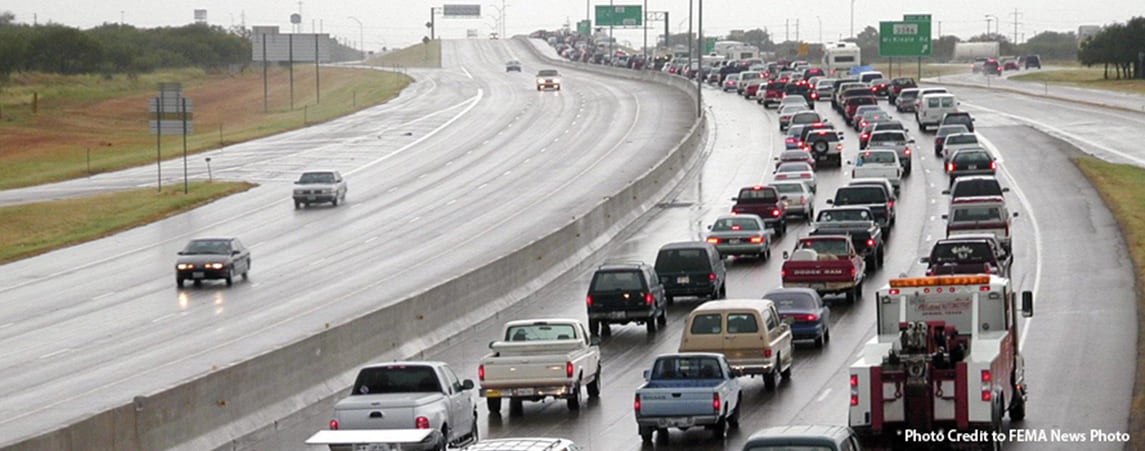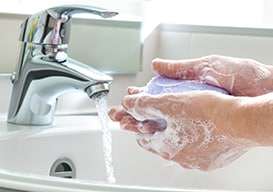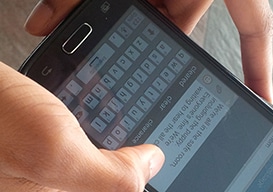Plan Ahead

Planning for how to maintain and protect your health in a disaster or emergency is an important but often overlooked part of the preparedness process. While 80 percent of respondents to FEMA’s 2019 National Household Survey said they had gathered enough supplies to last three or more days, just 48 percent said they had an emergency action plan. Involve your entire family in planning and practicing how to stay healthy, informed, calm, and connected during an emergency.
More than a collection of names and phone numbers, an Emergency Action Plan is your user guide for how to stay healthy, informed, calm, and connected in an emergency. Below are some of the simple things you can do to start on a plan for your family. Remember to review your plan every six months and to update it as necessary; for example, if you move, change jobs, add to your family (i.e., a child or a pet), or experience another significant life event.
- Find phone numbers for your physician, pediatrician, pharmacist, counselor, and veterinarian. Other important numbers you should know include:
- Poison Control Center: 800-222-1222
- Animal Poison Control Helpline: 888-426-4435
- Disaster Distress Helpline: 800-985-5990 or text TalkWithUs to 66746
- Collect and protect important paperwork, such as:
- MyEvacuation Plan
- Advance directives (e.g., behavioral health, living wills and power of attorney forms)
- Asthma action plan
- Food allergy and anaphylaxis care plan
- Complete care plan
- Cancer survivorship care plan
- Emergency care plan for children with special healthcare needs.
- Ask a friend or relative who lives outside of the immediate area—preferably in another state—to be your family’s Out-of-Town Contact.
- Identify a shelter-in-place location inside your home, a “sick room” that can be used to separate sick household members from those who are healthy, two (2) emergency meeting places outside your home where your family can reunite in an emergency, and at least two (2) ways out of every room in your home.
- Locate boarding facilities or animal hospitals where you can lodge your pets in an evacuation. Contact a local animal shelter, animal control, or a relief organization if you need help or have questions.
- Ask your employer and your child’s school or daycare for copies and an explanation of their emergency plans. Does the school have a family reunification plan? What are the sick-leave policies and telework options at your work?



